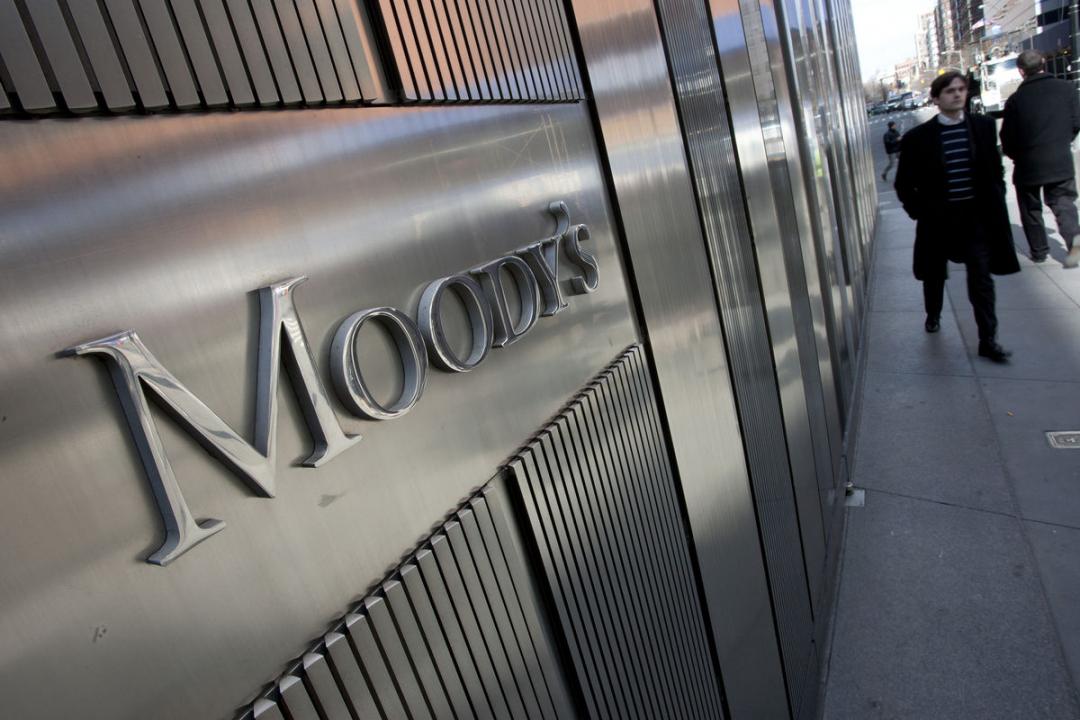The lifting of nuclear-related trade and financial sanctions on Iran, should it materialize, would be credit positive for Iranian banks, says Moody's Investors Service in a report published Wednesday.
According to Moody's, increased trade and investment could boost growth in Iran's banking sector and support asset quality of domestic banks, although such improvements would depend on the strengthening of banks' capital levels and the implementation of structural reforms.
"We see significant upside potential for Iranian banks from increased economic activity if sanctions are lifted. This could include new regional business opportunities relating to trade finance, letters of credit and new investments and infrastructure projects," says Constantinos Kypreos, a senior credit officer at Moody's.
Moody’s report also highlights that if and when sanctions are lifted, more than half of the official reserves which are currently frozen - estimated by the Institute of International Finance to total $92 billion - may be used, for example, to recapitalize government-owned banks or be invested in building the country’s infrastructure.
Burdened by bad loans and botched speculative activities, Iranian lenders are facing a liquidity crisis which has significantly eroded their lending power. Iran’s bank-based economy has increased its vulnerability to the conduct of banks and financial institutions.
“Recapitalization is much needed to unlock the growth potential of the Iranian banking sector,” says Kypreos. “The repatriation of frozen assets, and potential interest from foreign investors and financial institutions, would also allow domestic banks to strengthen their solvency levels,” he adds.
Banks domiciled in countries with close ties and trade links to Iran, such as the UAE and Lebanon, but potentially also western, Chinese and Indian banks, would likely be attracted to Iran’s diversified economy and significant trade flows, according to Moody’s.
“We anticipate increased longer-term business opportunities for Dubai banks if the Iranian economy opens up, particularly given the private sector nature of the Dubai economy and its strengths as a logistics hub,” notes Khalid Howladar - senior credit officer. “In addition, a rise in inward investments from Iranian nationals could moderate the impact of the softening real estate market in Dubai,” he adds.
However, physical expansion into Iran would pose greater risks, says Moody’s. The rating agency notes that the still fragile operating and geopolitical environment would expose foreign banks to the asset quality issues inherent to emerging economies undergoing fast transformation, and would require prudent risk control and oversight.
Moody’s also notes that the entire Iranian banking system is Shariah compliant and is currently the largest among countries practicing Islamic finance.
“Given the sheer size of the banking system and the country’s financing needs, we expect a major boost to Sukuk volumes,” says Howladar. “However, Shariah harmonization across jurisdictions would likely remain difficult.”
Iran’s Economy Minister Ali Tayyebnia last week outlined government’s policies in systemizing Islamic banking such as expanding Musharakah, creating Islamic bank accounts and giving autonomy to banks to set their own rates and instilling responsibility in depositors.
The minister reemphasized that interest rates should be determined based on the “real function” of the contracts and rate of return and not through governmental decree.


